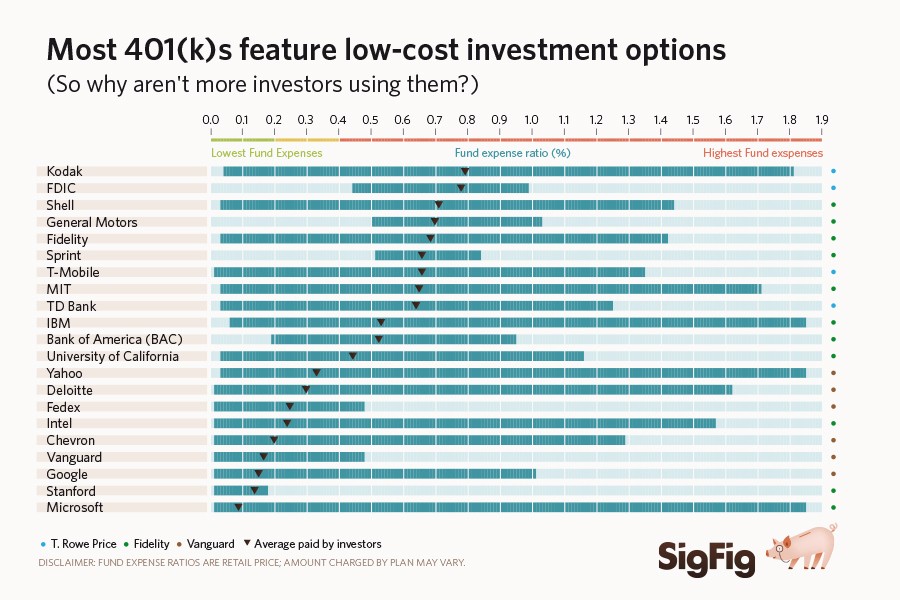401(K) Fund Choices Less is More
Post on: 15 Октябрь, 2015 No Comment

Financial Behavior: Work, Save, Retire.
September 25, 2012
401(k) Fund Choices: Less is More
New research suggests that the more mutual funds your 401(k) offers, the more likely you are to take the easy way out to escape the mental gridlock.
The typical 401(k) has seven mutual fund investment options, but some have as many as 21 funds. We may think we like choices, but behavioral research has shown that people simply can’t handle so many options – that’s why some employers have turned to auto enrollment in their 401(k)s or picking investments for workers who can’t or won’t make the decision.
A new study building on prior research finds that the more investment options an employee has the more likely he or she is to simply divide the money evenly among those options. This can potentially reduce the diversification in employees’ retirement portfolios, with long-term consequences.
“We find that considering a larger number of funds to invest in may be overwhelming for many investors,” said the research, by Gergana Nenkov and colleagues at Boston College, as well as Rutgers University, the University of Pittsburgh, and the University of Texas, Austin. Splitting the money evenly is how we cope.
“We just don’t have enough capacity to sift through the options that are out there,” Nenkov explained in an interview. Employees aren’t financial experts, and asking them to make these decisions is often “too much,” she said, and may even be “making us unhappy.”
The focus is on 401(k) choices in this study, recently published in the Journal of Marketing Research. But the argument may apply to the proliferation of all kinds of complex financial products, including credit cards charging different rates for balance transfers, purchases and cash advances, as well as debit cards with hidden fees and mortgages with complicated terms.
Multiple products act to prevent consumers from comparison shopping. But the demise of the defined benefit plan and the sudden responsibility thrown on employees to manage tens or hundreds of thousands of dollars in their personal investment portfolios is clearly more than many of us can handle. Don’t feel bad either – Nenkov, who has a PhD in marketing, admits to feeling overwhelmed by the choices. (As does this blog writer.)
Employers “should be doing more to engage participants,” she said.
This isn’t just an academic theory either. The researchers studied the actual investment decisions of new participants in Oregon University’s defined-contribution plan from February 1998 through March 2010. The TIAA-CREF-managed plan created a natural way to analyze choices when, in July 2007, it increased the number of investment options available from 10 to 19.
The original 10 funds consisted of a money market fund, a fixed annuity fund, two bond funds, one balanced fund, two equity funds, two global funds, and a real estate fund. In 2007, seven of the nine funds added were equity funds, potentially increasing the risk that employees who split their money evenly would create a portfolio too heavily weighted toward stocks.
Examining university employees’ decisions before and after 2007, the study found the likelihood of allocating the funds evenly among the original 10 was 27 percent. With 19 funds, that increased to 37 percent.
To prevent employee overload, the research suggests that employers should also carefully consider what they’re offering. For example, employers might cluster mutual funds into types to help employees narrow down their options or use pictorial representations of the options. More employee education is also warranted, the research said.














